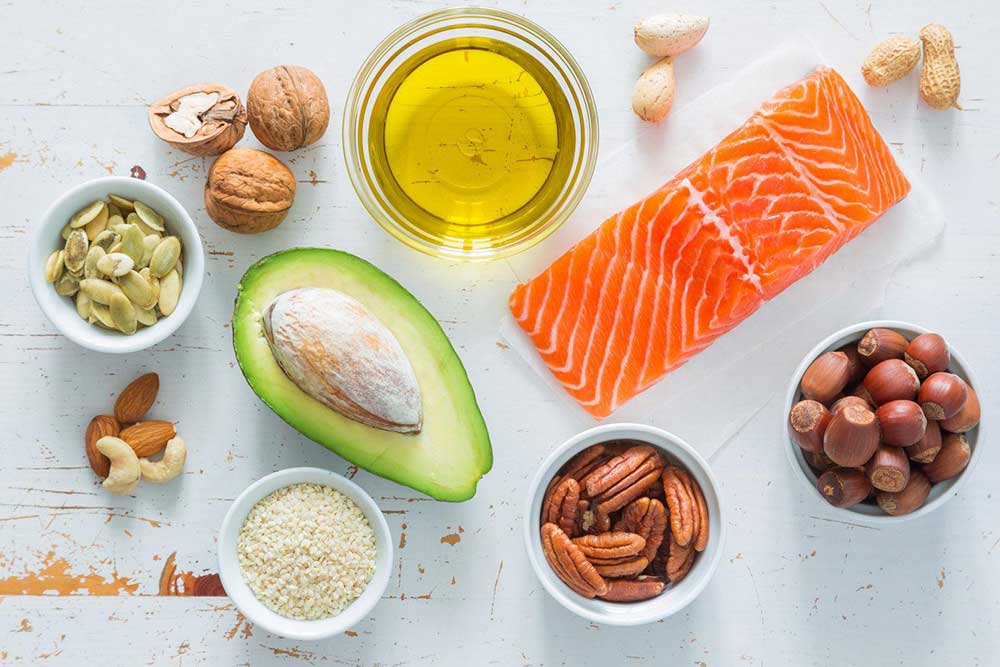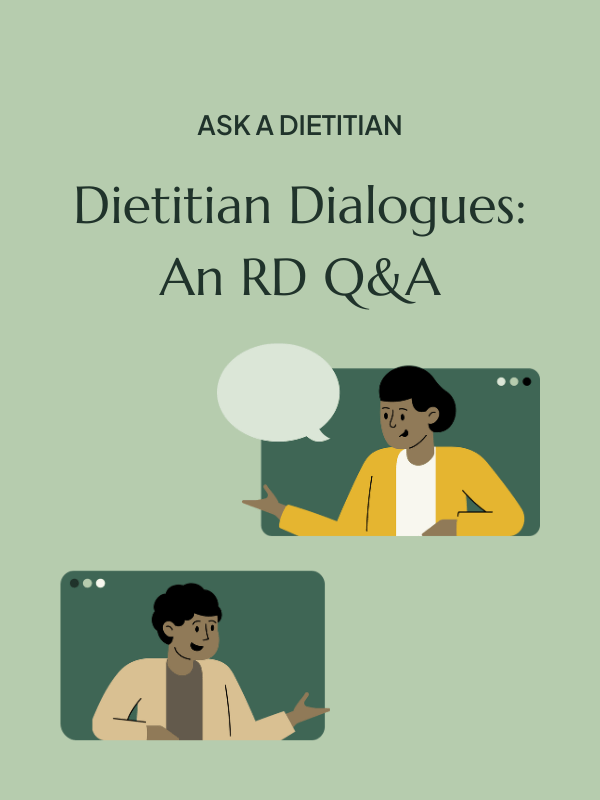Have you ever enjoyed a bag of chips or a pint of ice cream and suddenly hit the bottom of the container still with a huge craving? While overeating and mindless eating can happen for a variety of reasons, a lot of ultra processed food we eat is actually engineered to be consumed this way.
What is the bliss point?
Market researcher and psycho-physicist Howard Moskowitz coined the term the “bliss point” while conducting studies for the food industry. His research determined that just the right combination of salt, sugar, and fat in food triggers our brain’s reward system, disrupting our body’s natural “hey, you’re full” mechanism. Forget junk food or processed food, even “healthy food” can be engineered this way. This keeps us returning for more, which pads the pockets of the food industry execs.
While profit margins are high, this can be detrimental to our health, making many of us indulge in overeating and mindless eating. Awareness of the science behind what’s happening to our taste buds and brains when eating these foods can help us make informed decisions while cruising the aisles at the grocery store.
So what can you do to avoid falling into the bliss point trap while still enjoying your favorite snack foods and desserts? Here are a few quick tips for setting yourself up for a win against a billion-dollar industry that might not always have your best interest in mind.
How to Avoid Bliss Point Foods
1. Minimize the amount of ultra processed food you eat
Reduce the time you spend in the aisles of the grocery store. This is where ultra processed foods can be found, and they are often packaged just the right way to make you go, “ooooh, what’s that?”. Instead, aim to spend more time shopping on the outskirts of the store where the fresh produce, meat, poultry, fish, eggs, dairy, and non-dairy products are located. The frozen section is also a great place to find affordable fruits, vegetables, meat, poultry, and fish. Keep an eye out for any added ingredient like salt and hidden sugar.
2. Check out the nutrition facts label
When you flip over the package of your go-to snack, check out the nutrition facts label, where food companies are mandated to print what’s in their packaged food. This is a great healthy eating tip to have in your back pocket. Key things to be mindful of are saturated fat, added sugar, and sodium. For reference, we want to aim for the following:
- <10% of our calories come from saturated fat each day
- <25 grams of added sugar per day for women, <36 grams of added sugar for men
- <2300 mg of sodium per day
Don’t forget to consider the serving size. If there are 2 grams of saturated fat, 14 grams of added sugar, and 135 milligrams of sodium in a serving of 3 cookies, and you eat 6, you will have consumed 28 grams of added sugar. A registered dietitian can help you understand nutrition labels and give you guidance for what to look for when you shop. Get started.
3. Be aware of portions
Aim to eat three balanced meals containing protein, fat, and high-fiber carbs throughout the day to reduce grazing on easy-to-grab ultra-processed foods.
If you’re craving a potato chip or a pint of ice cream, measure out 1-2 servings. The serving is often smaller than you’d expect.
When you’re in the mood for ice cream or chips, go to the local ice cream shop and get 1 scoop or buy the individual bags at the corner store for no-brainer portion management.
4. Practice mindful eating
Ever notice how quickly you can eat a pint of ice cream or a full package of candy while watching tv? Our brains tend to go on autopilot. Mindful eating can help us enjoy the foods we love even more by allowing us to savor each bite’s flavor and texture. This not only makes eating more enjoyable. It also helps your body better recognize when you’re full and satisfied!
5. Work with a registered dietitian
At Culina Health, our team of Registered Dietitian Nutritionists (RDNs) are dedicated to helping you achieve your nutrition and overall health goals through virtual, telehealth sessions. Our RDNs provide nutrition care for obesity, diabetes and prediabetes, heart health, and other conditions. Whether you have a specific health condition, particular dietary needs or preferences, or simply want to be more mindful in your eating and nutrition habits, our RDNs are here to support you.
One-on-one virtual nutrition care sessions are covered under most health insurance plans. During sessions, your RDN will help you understand how food affects your body, and work with you to create a personalized plan to meet your health goals. Get started.






